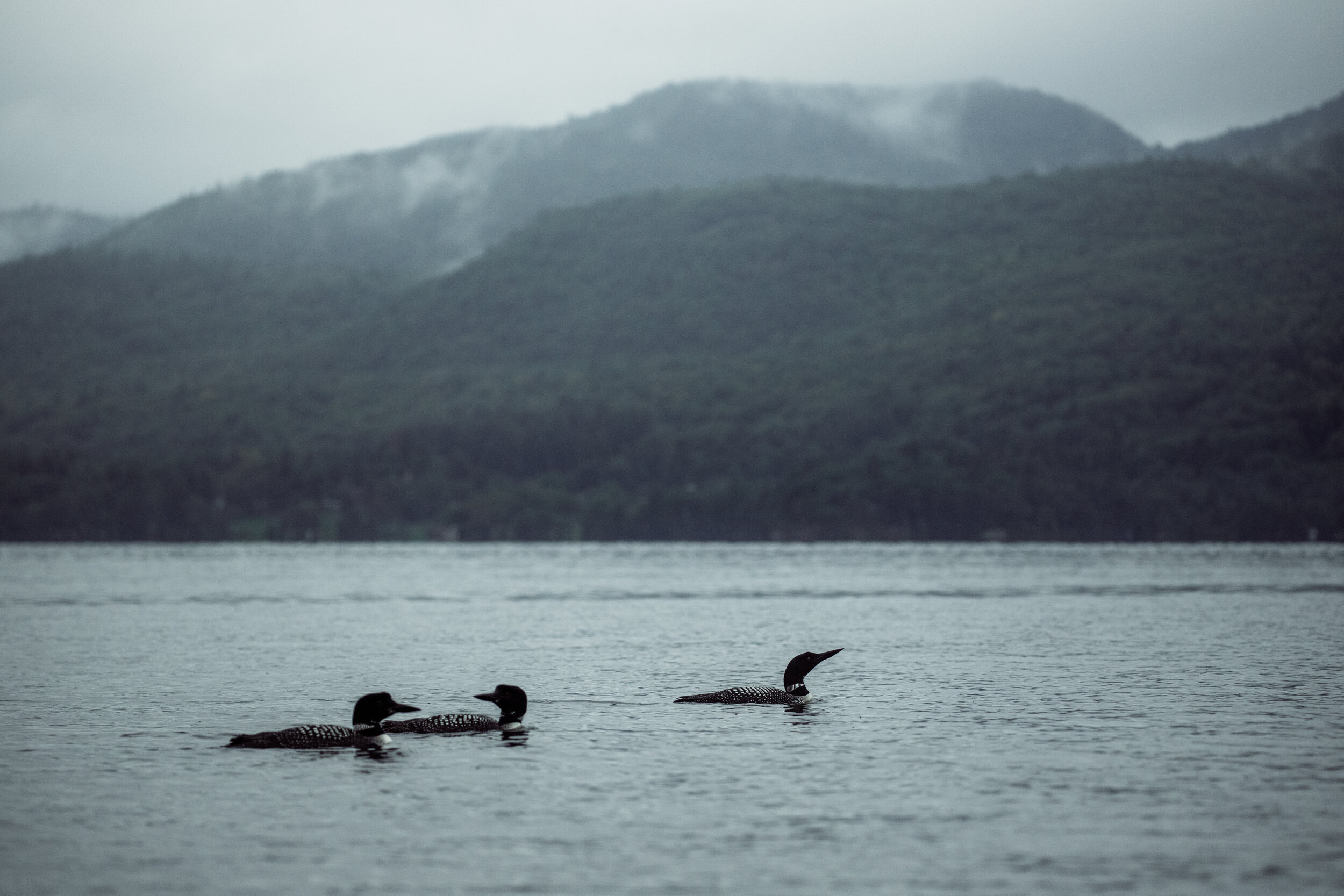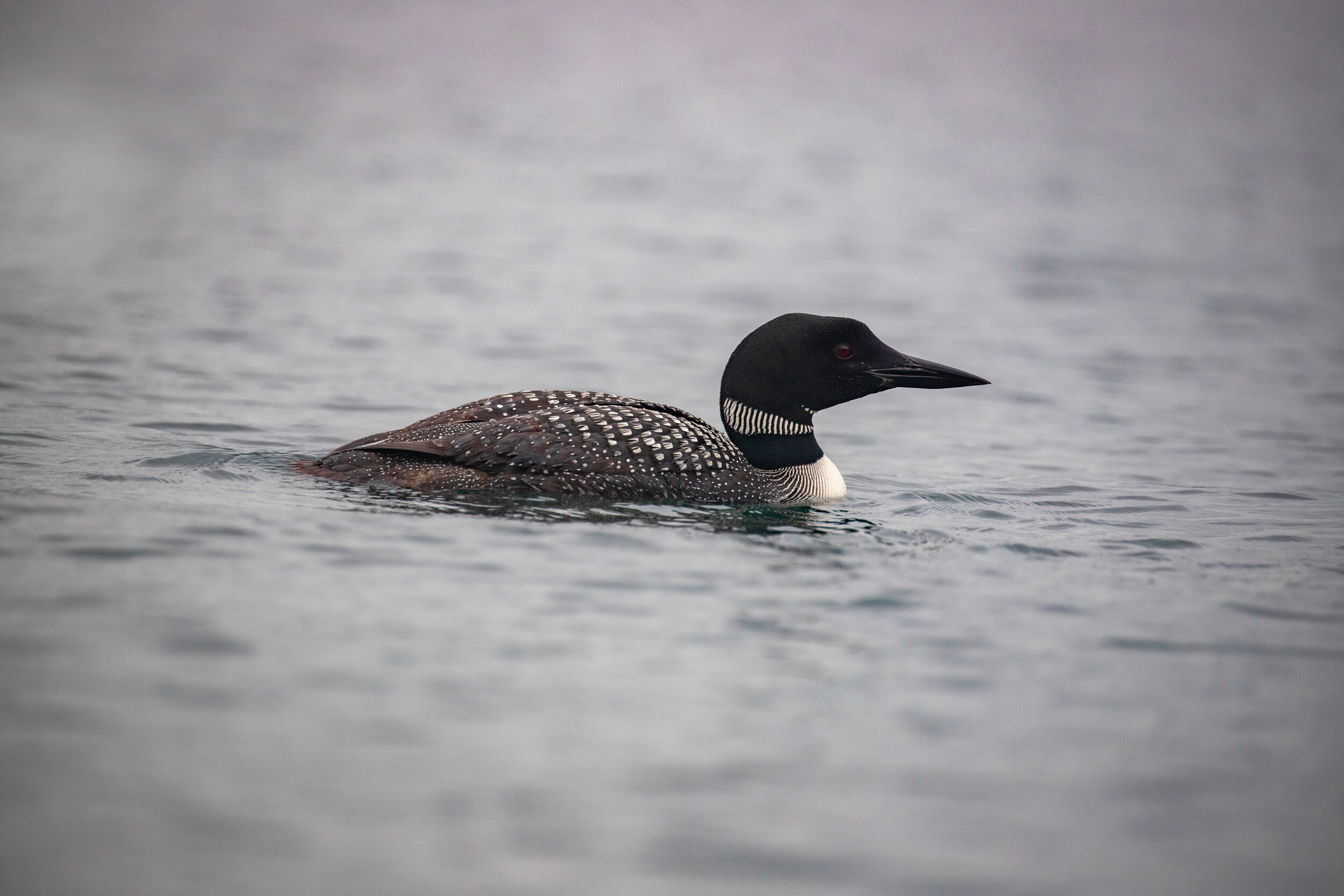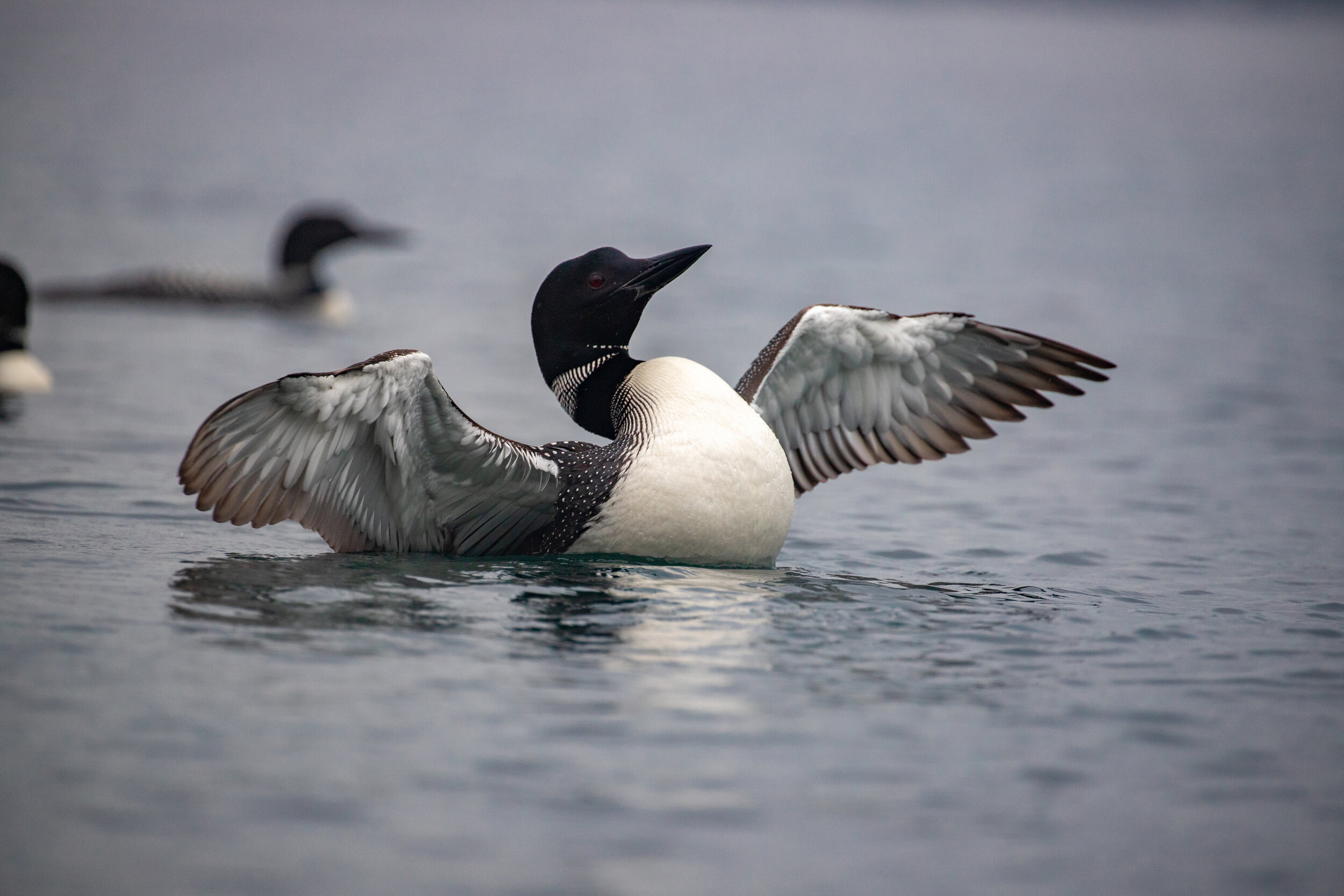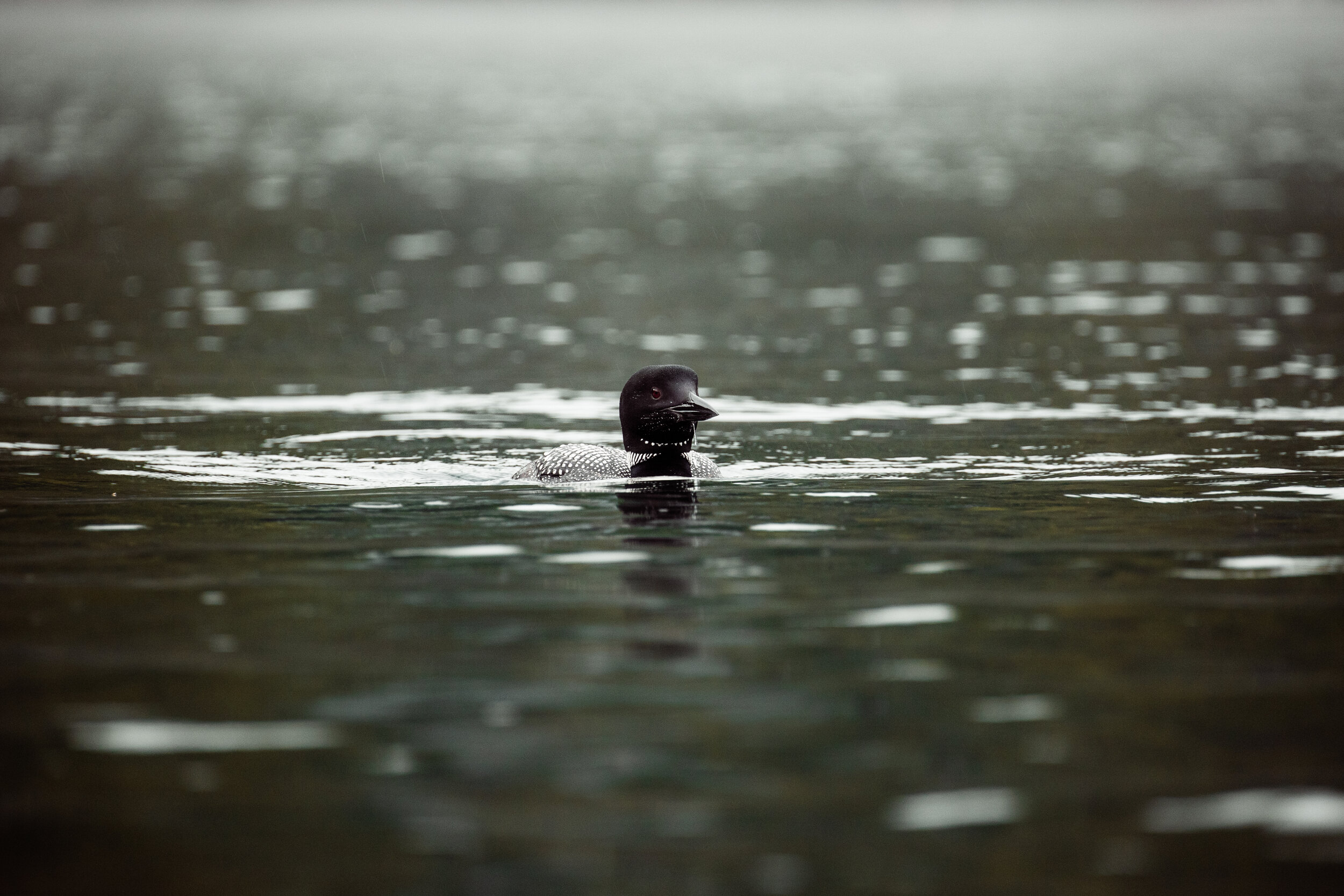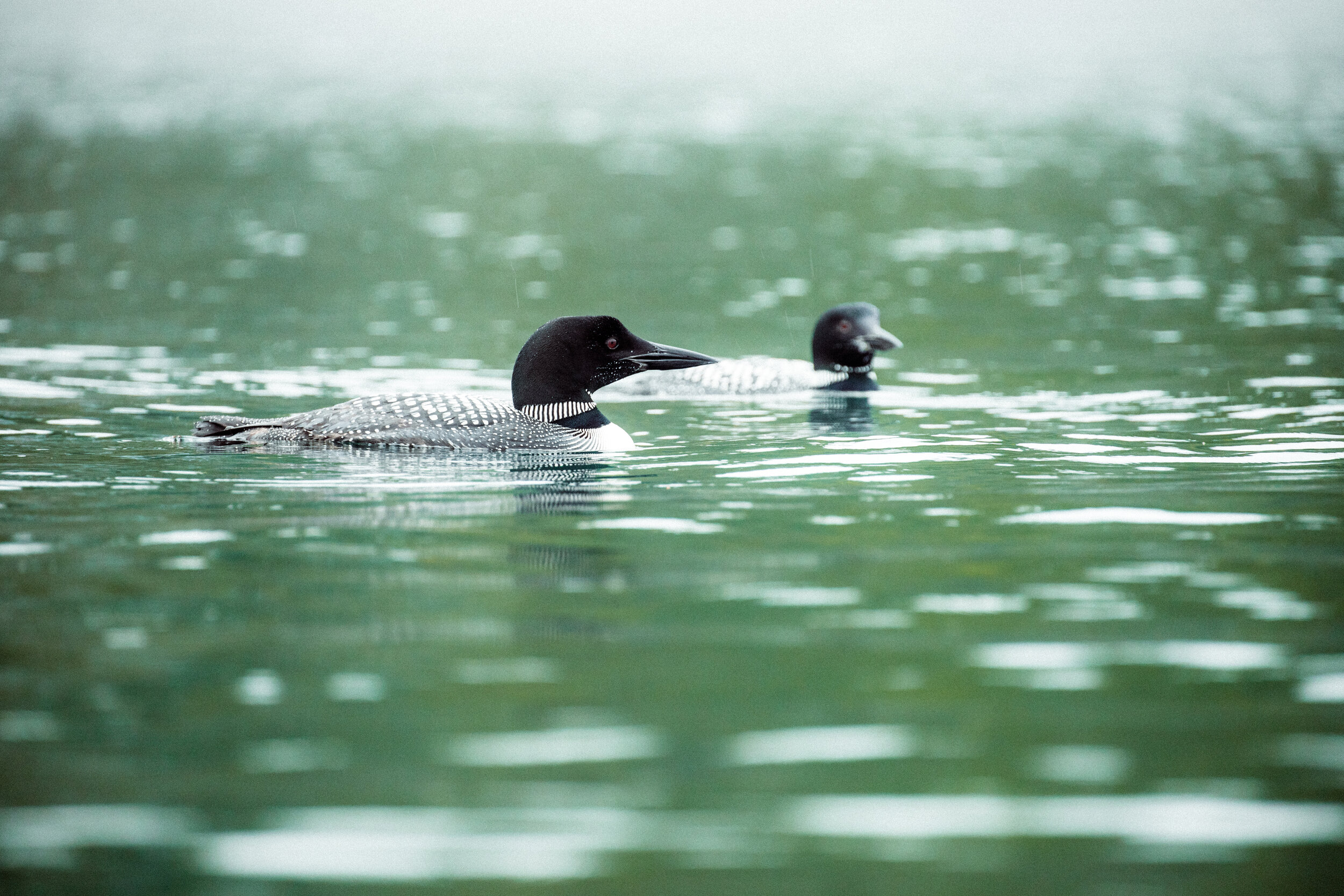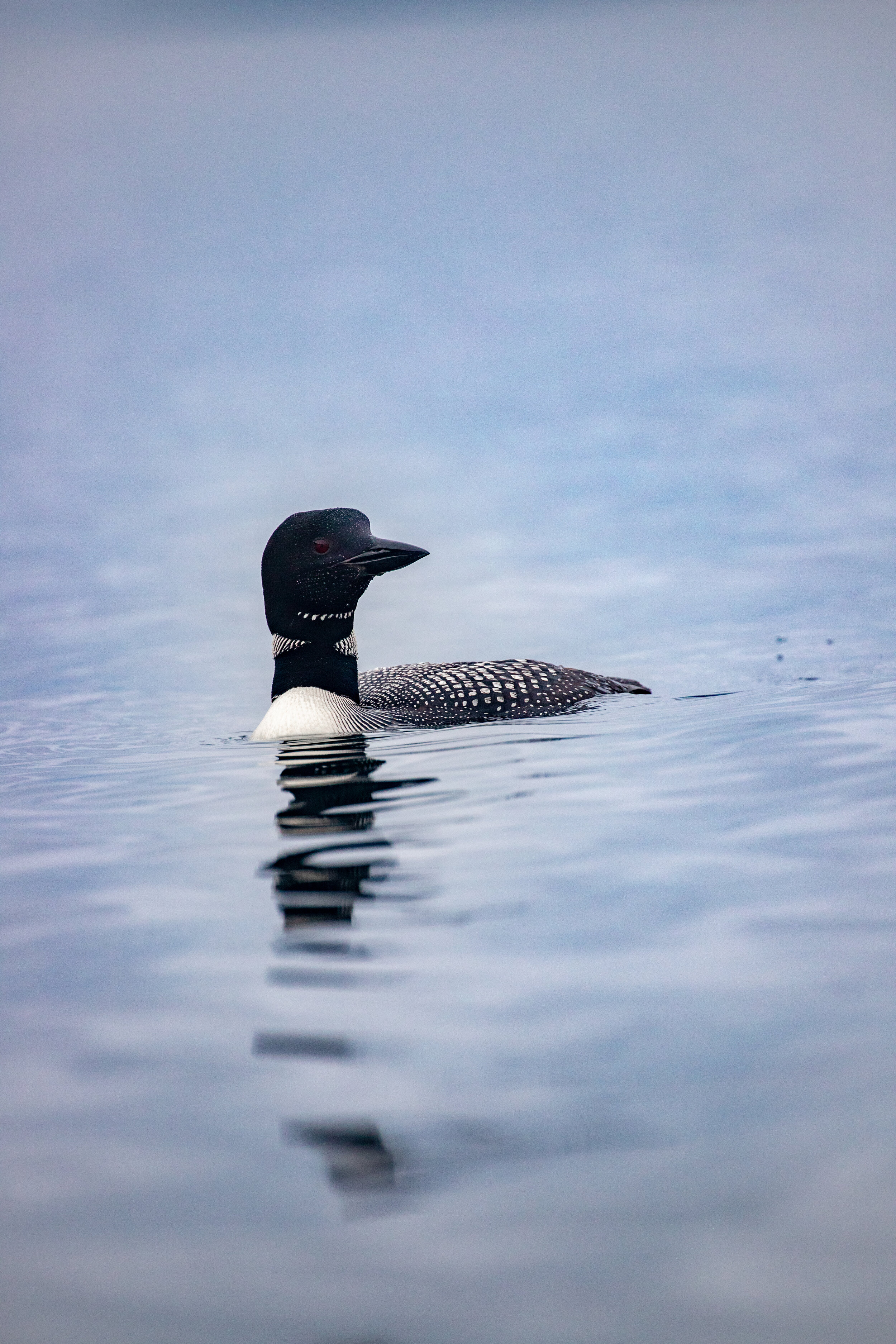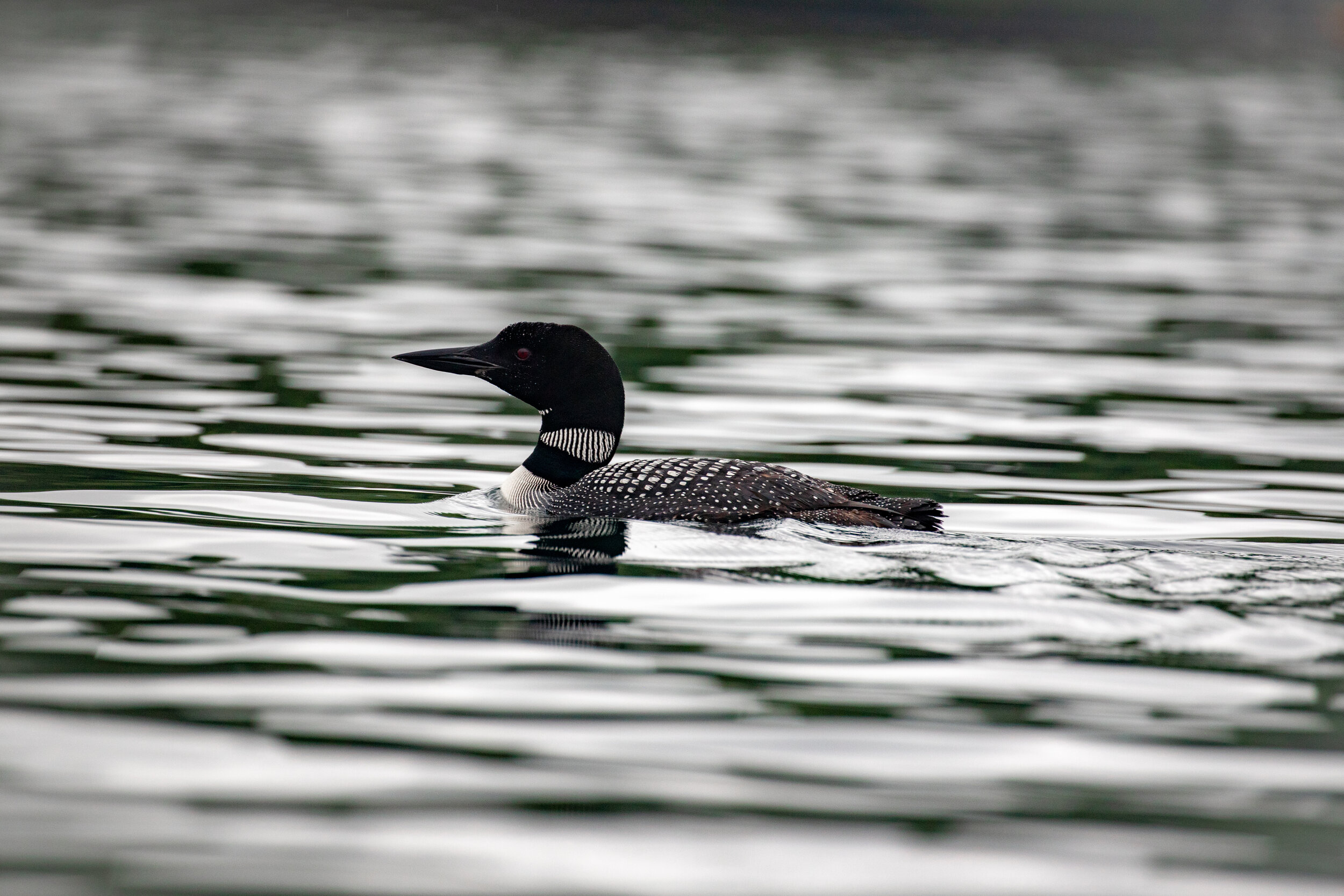Call of the Loon: How to Photograph Loons
There is no sound better than the call of a loon. It oozes wild tranquility to me. Whoever first wrote about the calming effects of nature must have been on a little lake somewhere listening to loon calls.
For an animal that was specifically named after it’ s awkward and clumsy stature, it sure does have an elegant voice. Maybe that’s what I like so much about it- this false majesty to their call. Most people (if familiar at all) are more familiar with the sound of a loon than the looks of one. Close interactions are fleeting, so when you have the opportunity to get up close and personal with loons, you want to make sure you’re ready for it.
I have photographed loons on Lake George for years, but never on a dedicated outing and that was my first mistake. If you want to photography loons, you’ll want to be relatively prepared because they are a bit skittish, they literally disappear underwater for minutes at a time, and they aren’t often out in the open during the day. Here are a few tips that might be helpful in your loon photographing journey (if anyone else out there has a loon photographing journey other than me…..) :
Rise Early
Loons are most active and playful in the early mornings and late evenings
The early mornings usually have more forgiving light than the late evenings, so I’d recommend trying to catch them in the morning around dawn
Have your gear ready
Gear, in this case, is both photography gear and water gear
Camera gear I used: Canon 6D Mark II, 50mm 1.4, 16-35mm 2.8, 100-400mm lenses
Water gear I used: a kayak (any non-motorized boat ought to do the trick,) rain jacket, rain hat, water bottle
Make sure you keep your camera charged and your gear all in one easily accessible place because when you hear the loons calling, you need to be ready to get out there within a matter of moments in order to find and keep up with them
Be a loon
You need to get in the water as close to surface-level as possible to follow the path of the loons
If you’re on a motor boat, you are shooting from above instead of shooting from the level of the loon, missing the detail of their movements
The quieter the better
It is important to be able to not scare the loon away with loud noises like boat motors, you want to be as stealthy and quiet as possible
Give your loons a backdrop
Having some sort of natural landscape as backdrop provides the image with more context and a sense of place that make your photographs more dynamic.
Take a moment to put the camera down
Loons, to me at least, are pretty magical- especially on a quiet lake in some moody weather. Take a minute to step back from the camera, put it down, and just watch, listen, and take it all in.
Below are some photos of loons from a moody summer morning on the northern end of Lake George. Enjoy!



